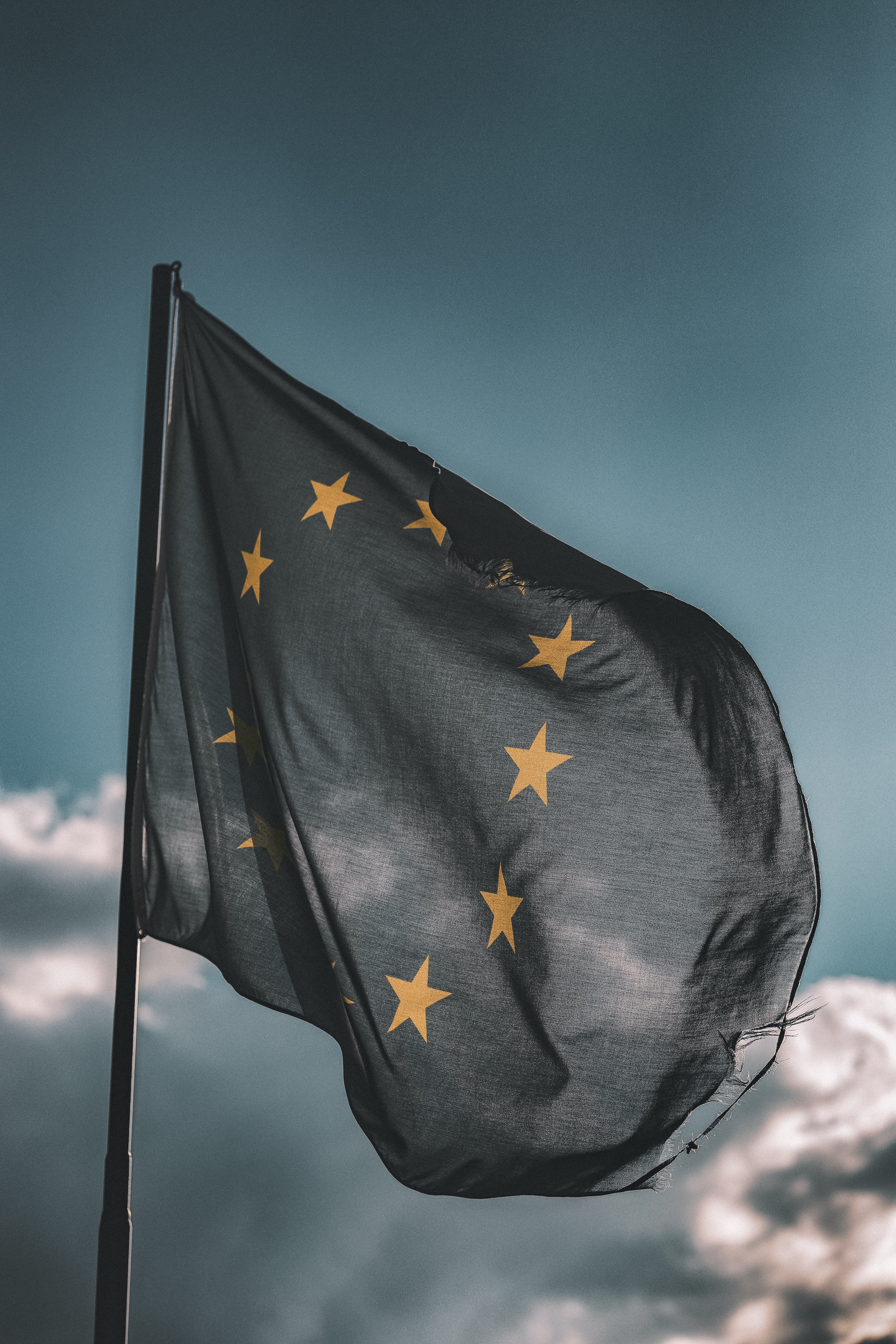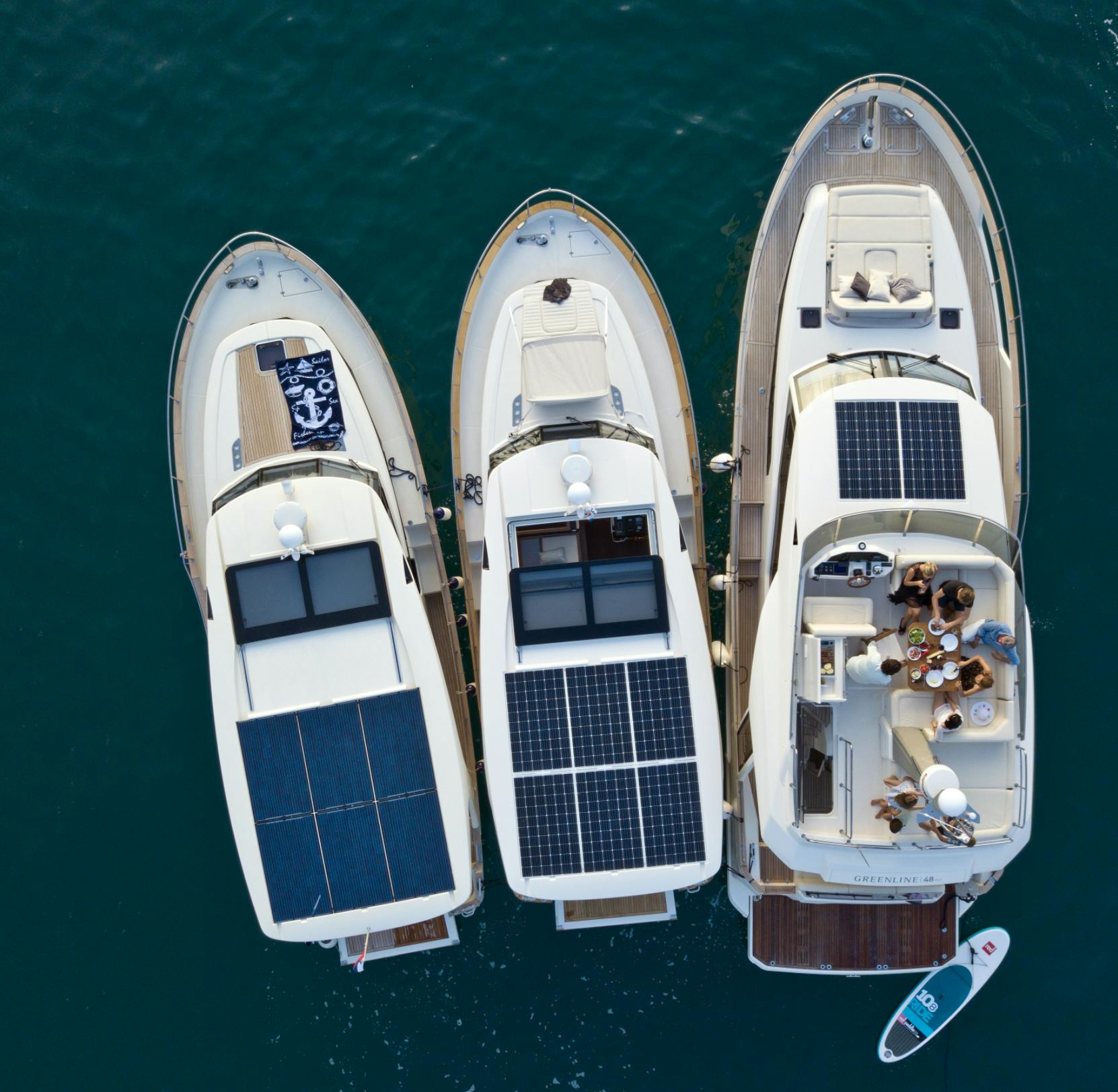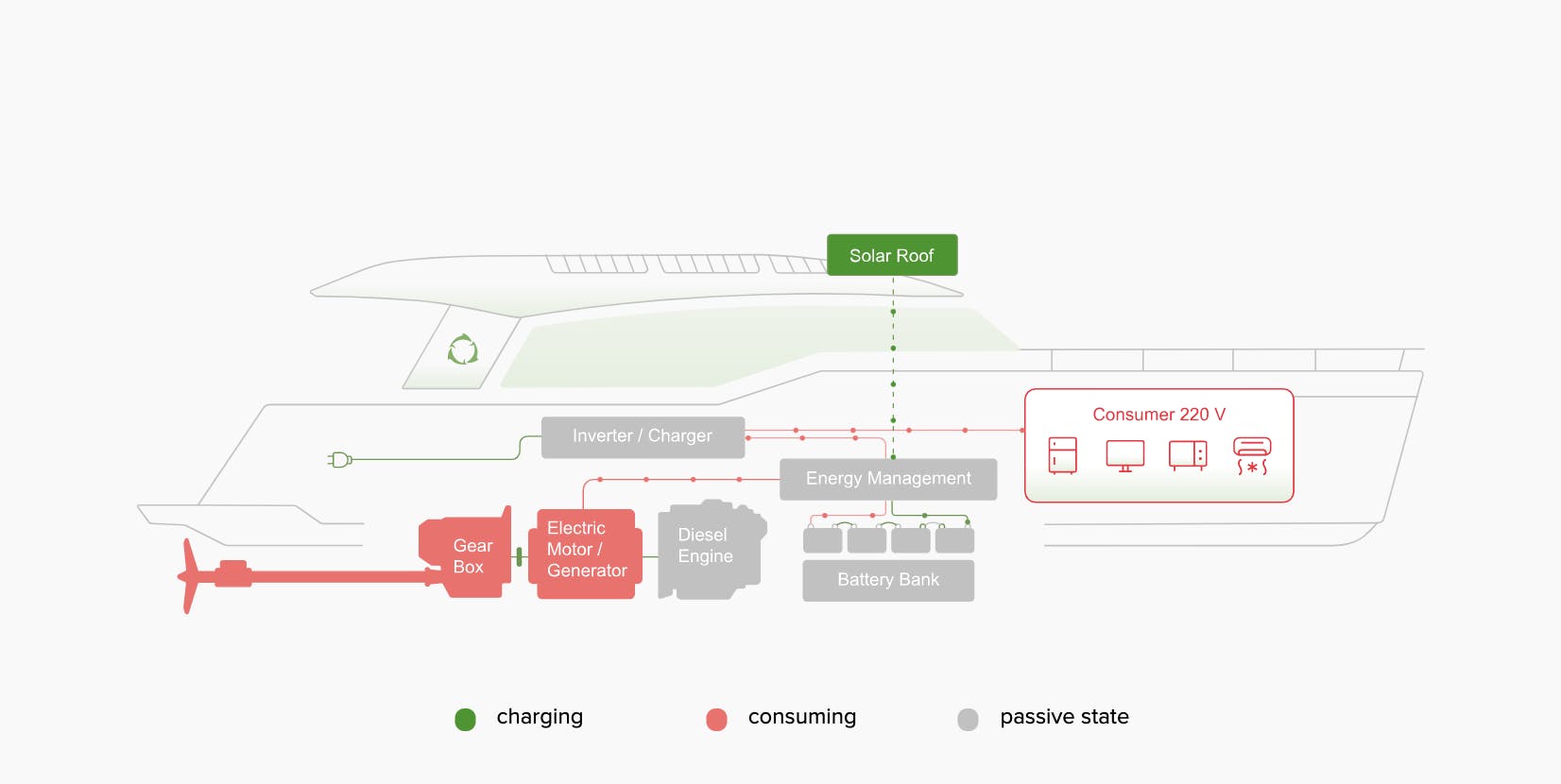Greenline, Green Air, Green Waves
EU Legislation Changes are Underway
Over the past decade, the marine industry has slowly been reshaped and continues to move on a trajectory towards becoming a more sustainable industry. Boat owners are holding themselves accountable for their carbon footprint and are seeking environmentally responsible boats which allow them to enjoy guilt-free fun in the waves.
As part of the EU policy action related to climate change, legislation around CO2 emissions from transport and new legislation tackling clean energy adopt revised, more stringent directions on energy efficiency. The EU green deal aims to be climate neutral in 2050 by boosting the efficient use of resources by moving to a clean, circular economy and restoring biodiversity and cutting pollution. The United Kingdom, Japan, the Republic of Korea and more than 110 countries are aligned in a mission to become carbon neutral by 2050, with China following following suit in 2060.

A proposed European Climate Law will turn the following political commitment into a legal obligation. Legislation surrounding reducing the European green deal is comprehensive; however, the main target outlined will require action by all sectors of our economy, including:
- Investing in environmentally-friendly technologies;
- Supporting industry to innovate;
- Rolling out cleaner, cheaper and healthier forms of transport;
- Decarbonising the energy sector
By working together in the coming decades, EU countries want to ensure that greenhouse gas emissions are reduced to a minimum and measures are taken to offset any remaining emissions.
The US Joins The Paris Agreement
A significant step was made in December when the US president Joe Biden agreed to The Paris Agreement and made this act official on Feb. 19 2021. The Paris accord sets out to tackle climate change, and helps countries work together financially. The agreement focuses on carbon neutrality and a sustained effort will ensure that by 2030, zero-carbon solutions will be competitive in sectors representing over 70% of global emissions.
Boat Buying Behaviours
Boat buying behaviours are changing, and Millennials, in particular, are taking social and environmental accountability. The next wave of boat buyers will be Gen Z. The convergence of these two generational mindsets, compounded with more stringent fossil fuel regulations, will inevitably lead to a surge in demand for boats that harness clean energy sources.
Green Destinations
This summer, Telemark Canals launched their all-electric fleet of Greenline Yacht boats to provide eco-luxe travel in style. Greenline Yachts boats have a range of 50 nautical miles on a full battery charge and a network of ten fast-charging stations onshore, for recharges taking a maximum of three hours. Visitors can pause at secluded beaches or visit caves only accessible via boat, hike in the forests or rent canoes, paddleboards or electric bikes. Vladimir Zinchenko comments on why Greenline Yachts became involved with the project. “Significant steps such as this partnership with Canal Boats Telemark bring us a bit closer to emission-free boating. This is our first foray into becoming part of changing the infrastructure of a destination. I feel proud to be part of a wider vision.”
There are more electric resort developments underway to encourage sustainable yachting. These developments will feature restaurants, pools, clubhouses and gyms at the water edge, powered from solar panels and battery storage.

A Strategic Roadmap: Europe's Green Waters
Europe’s lakes are taking action in a bid to move towards zero-emission boating. Amsterdam has a deadline of 2025 for all commercial boats on the canals to be non-fossil-fuel by 2025. In addition to this, Italy’s picturesque Lake Como is part of the electric lake project, featuring 15 far-reaching electric charging points.
Responsible Boating: Hybrid and Electric Energy Models
Yacht owners are seeking vessels that will enable them to travel and live sustainably. One reason responsible boating has been popular is the level of comfort that leading electric boat providers such as Greenline Yachts have managed to achieve.
Introducing cleaner energy sources has successfully helped bring energy emissions down; however, there is a long way to go before the industry becomes carbon-free. The most sustainable boating methods to date are fully electric yachts and hybrid propulsion which typically uses two or more energy sources: electric turbines, diesel, LNG (liquid natural gas), battery banks, and propellers. With the right combination of hybrid systems, yachts operate more efficiently, reducing fuel consumption.
Shipyards are Decarbonizing
The manufacturing of boats is the first step in the cycle of sustainability. Shipyards are looking at the sustainability in their operations, with many addressing how they use and source energy when manufacturing vessels. Shipbuilders will now also need to consider international regulations mandating a 70 per cent reduction in nitric-oxide emissions—a major polluter—from vessels 78 feet or longer.
Increased Availability and Solar Power Efficiency
Solar energy has commonly been used to power energy systems, but only over the past five years have solar-powered yachts has become commonplace in the marine industry. The first solar yacht made its first debut in 2010, and ever since then, using solar to power appliances onboard has become increasingly popular. According to the National Geographic solar energy use has surged at approximately 20 per cent a year over the past 15 years.
Solar power products will continue to adopt smart tech and energy-efficient tools to harness every kilowatt of solar energy. The use of utility management software has provided us with the means to do so. More solar panels being manufactured means that the material's process and cost have become more efficient, thus lowering the price.
Greenline Yachts Harnesses The Power of the Sun
As part of Greenline Yachts concerted effort to transition to produce yachts with a more sustainable output, harnessing natural energy was essential. The latest Greenline Hybrid Yachts feature a 1.3 kW solar roof which provides a constant supply of electric power on board, reducing the CO2 emissions by up to 30%.

Responsible Boating: Reduced Noise Pollution
Greenline Yachts are made to have as little environmental impact as possible using renewable solar energy and ‘Hybrid Drive’ technology allows you to silently cruise with minimal noise pollution. The result is that marine life is undisturbed, helping to promote marine conservation.
Hybrid Hulls Focus on Hydrodynamic Performance
Across the marine industry, we have seen Improvements in hull form design to improve the overall efficiency by reducing drag and lowering carbon dioxide emissions and fuel consumption. In addition to this, the benefits of efficient, high-performance hulls mean less wear out, and increased stability.
As part of Greenline Yachts' leap to move towards more responsible boating, a signature hybrid hull design was introduced to improve performance. The hull moves through the water with the least amount of drag, enabling cruising at higher speeds while still maintaining optimal consumption and stability at lower cruising speeds. The hybrid hull allows for smooth and stable cruising between 10-25 knots.

Greenline’s Green Mind
“From where we stand, all indications are that boating will continue to grow exponentially towards a more sustainable output, making boating an even greater pastime for all walks of life.”
Vladimir Zinchenko, CEO and owner of Greenline Yachts